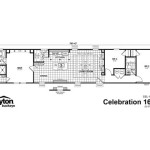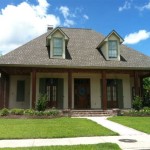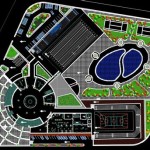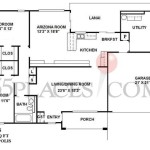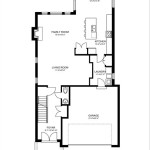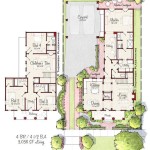Essential Aspects of Lake House Home Floor Plans
Nestled amidst serene waters and picturesque landscapes, lake houses evoke images of tranquil getaways and unforgettable memories. When designing a lake house, careful consideration must be given to the floor plan to maximize the connection with the natural surroundings and create a harmonious living space. Here are the essential aspects to consider for an ideal lake house home floor plan:
Alfresco Living Areas: A lake house floor plan should seamlessly integrate indoor and outdoor living spaces. Generous decks, patios, or porches provide an extension of the living areas, allowing residents to bask in the sun, dine al fresco, and soak in the breathtaking views.
Large Windows and Glass Doors: Floor-to-ceiling windows and sliding glass doors bring the outdoors in, offering expansive views and ample natural light. These fenestrations create a symbiotic relationship between the indoor and outdoor environments, extending the living space and enhancing the overall ambiance.
Open Floor Plan: An open floor plan allows for a free flow of movement and maximizes the lake views. Connecting the living room, dining area, and kitchen creates a communal space that fosters interaction and encourages gathering. This design also enhances natural light distribution and creates a sense of spaciousness.
Master Bedroom Suite with Private Balcony: The master bedroom should be a tranquil retreat with stunning lake views. A private balcony or patio provides the perfect spot to start the day with a cup of coffee or unwind in the evening with a glass of wine.
Guest Rooms with Lake Access: Lake house guests deserve to experience the beauty of their surroundings. Guest rooms with lake views and access to outdoor areas ensure a memorable and comfortable stay for visitors.
Bunk Room for Kids: A lake house is often a place for family and friends to create lasting memories. A bunk room with multiple beds provides cozy accommodations for children, fostering a sense of adventure and camaraderie.
Basement Level: A finished basement level can add valuable living space and functionality to a lake house. This area can accommodate a media room, entertainment space, or additional bedrooms, providing ample space for relaxation, entertainment, and overflow guests.
Mudroom and Storage: A lake house requires ample storage for outdoor gear, water toys, and seasonal items. A dedicated mudroom or storage area near the entrance helps keep the main living spaces neat and organized.
Consideration for Slope: Many lake houses are built on sloping properties. The floor plan should take into account the topography and utilize different levels or terraces to maximize views and create interesting architectural features.
Sustainable Design: Lake houses have a unique connection to the natural environment. Incorporating sustainable design elements, such as energy-efficient appliances, solar panels, and water-saving fixtures, ensures responsible stewardship of the surroundings.
By carefully considering these essential aspects, lake house home floor plans can create the perfect setting for a harmonious and unforgettable lakeside living experience.

Floor Plan 1 Lake House Plans Architectural New

House Plan Lake Tahoe Sater Design Collection

Best Lake House Plans Waterfront Cottage Simple Designs

Lake House Plans Blog Homeplans Com
Lake House Designs And More Blog Eplans Com
Lake House Plans Blog Homeplans Com

Appalachia Mountain A Frame Lake Or House Plan With Photos Plans Rustic

Lakefront Home Plan With Porch Deck 158 1153

Open Living Floor Plan Lake House Design With Walkout Basement

Small House Plan Tiny Cottage Home Or Guest 800 Sq Ft

